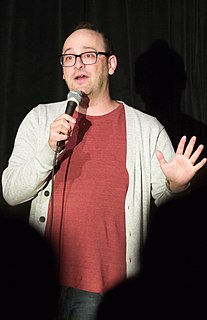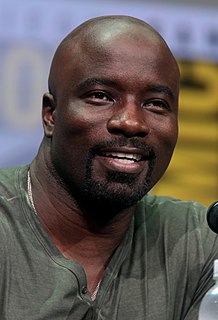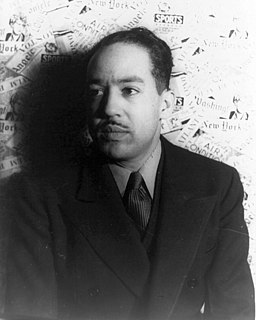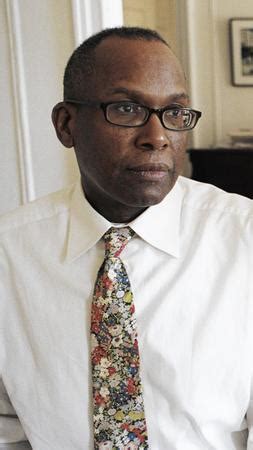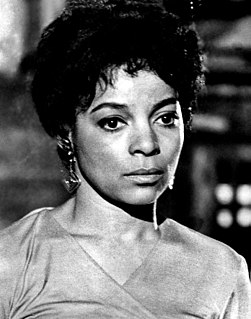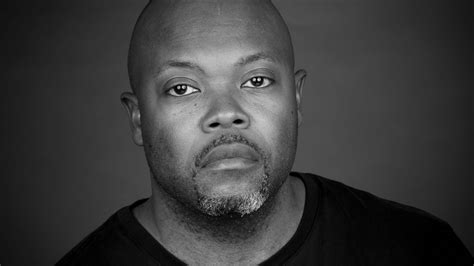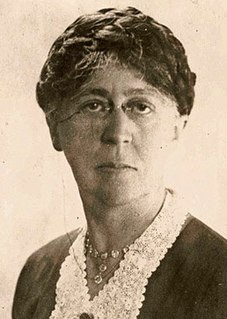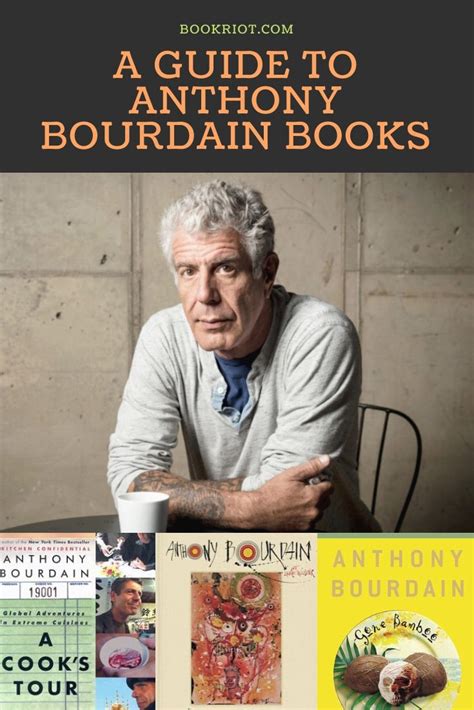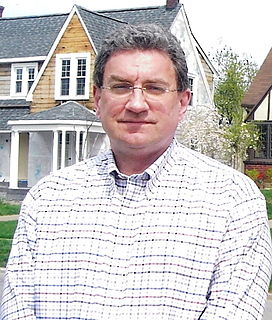A Quote by Josh Gondelman
Nonresidents have a tendency to rush their visits to Harlem.
Related Quotes
California is a tragic country — like Palestine, like every Promised Land. Its short history is a fever-chart of migrations — the land rush, the gold rush, the oil rush, the movie rush, the Okie fruit-picking rush, the wartime rush to the aircraft factories — followed, in each instance, by counter-migrations of the disappointed and unsuccessful, moving sorrowfully homeward.
Sara Blair's Harlem Crossroads is an important addition to the body of literature that currently exists about Harlem. It brilliantly illuminates the complex relationship between photographic representation and race, and adds new insight into the ways in which this one black community has figured in both the critical and public imaginations. Harlem Crossroads is a tour de force.
People are too afraid of uptown. A lot of people will tell you, like, "Don't go to Harlem. You can never go there. 'Cause as soon as you get there, they kill you." That's what people think. As soon as you arrive in Harlem, someone just stabs you in the face right away. That's people's image of Harlem: just everyone standing around waiting for lost white people to kill all day. "Did you see any? I didn't either."
